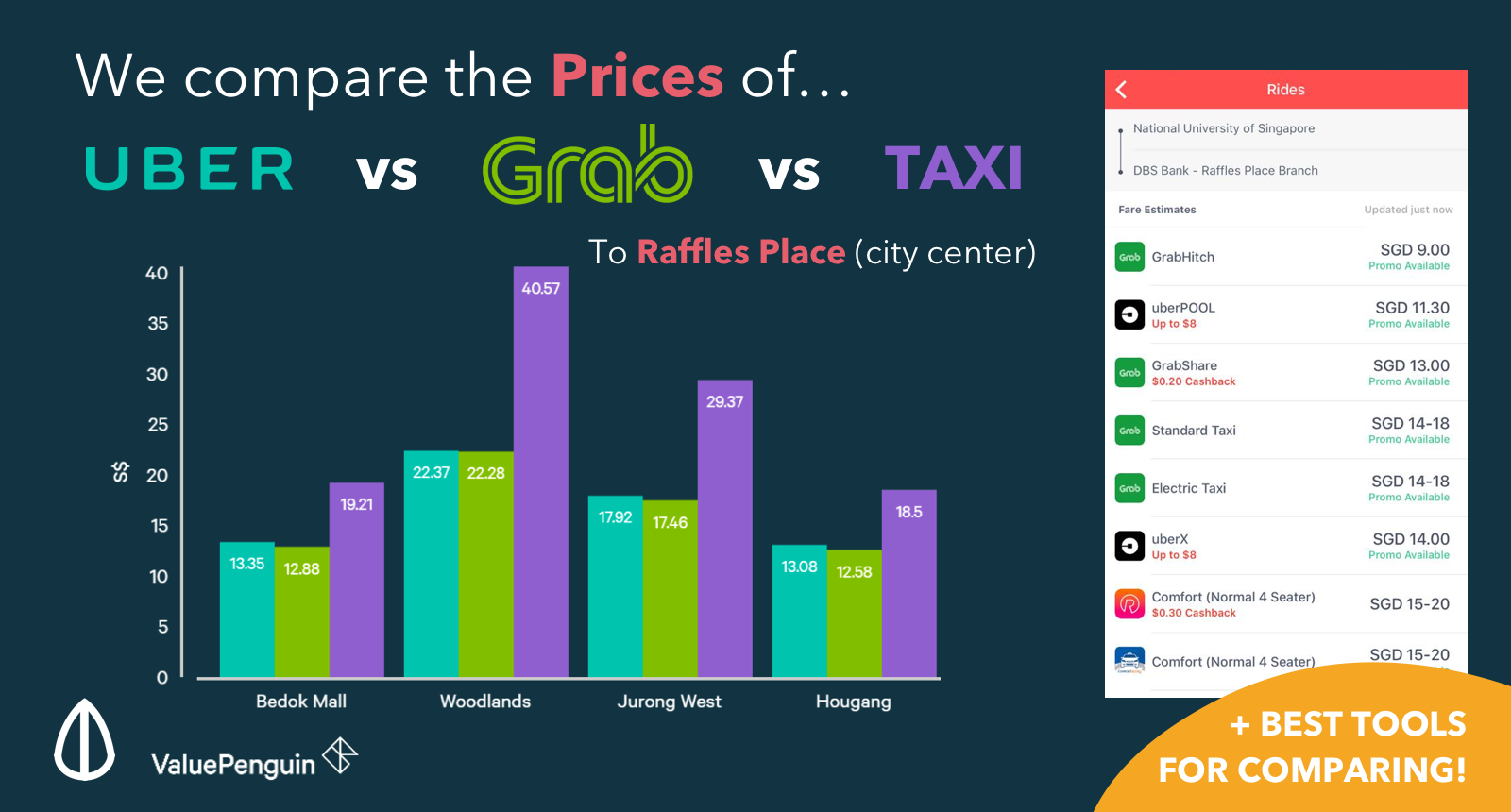Advertisement
Anonymous
STI vs S&P500 in a 30 year period which index does better?
I have calculated on my excel, with a starting deposit of $0 and $100 every month top up over a 20 year period. With a 30 year CAGR of the S&P 500 and STI calculated with a 15% margin of safety, STI return a higher return (with dividend reinvestment)
I heard many people say that the S&P 500 outperform the STI but my calculation is different. Can you help me please
Thanks in advance
16
Discussion (16)
Learn how to style your text
Colin Lim
24 Apr 2020
Financial Services Consultant at Colin Lim
Reply
Save
Elijah Lee
23 Apr 2020
Senior Financial Services Manager at Phillip Securities (Jurong East)
Hi anon,
It would be interesting to see your numbers and source of your data. Dividend re-investment is definitely part of the equation. However, you need to note that the STI has pretty much been stagnant for the past 10 years. The years of massive capital gains from the 1990s till now are pretty much over. Moving forward, any returns from investing in an STI ETF will be largely constrained, capital gains wise. The STI has yet to return to former peaks, but S&P500 has always continued to climb higher after every bear market. The US market is good for growth, but not so for dividends.
STI based on purely capital gains has returned approximately 70% in the past 30 years, but the S&P 500 has returned 700% in the same time period (a very quick check in Yahoo Finance). Even accounting for dividends and dividend reinvestment, it would be difficult to make up a 600% shortfall.
Reply
Save
Matthew Tan
23 Apr 2020
Undergraduate at NTU
Hi anon, you can check this s&p 500 returns calculator! https://dqydj.com/sp-500-periodic-reinvestme...
Read 1 other comments with a Seedly account
You will also enjoy exclusive benefits and get access to members only features.
Sign up or login with an email here
Write your thoughts
Related Articles
Related Posts
Related Posts
Advertisement










SG( STI) is a small market compared to S&P500( which is relatively big market cos of its huge land size and population.) STI stocks give dividends without tax...whereas S&P500/US has a 30% withdrawal tax...which may affect the calculation.